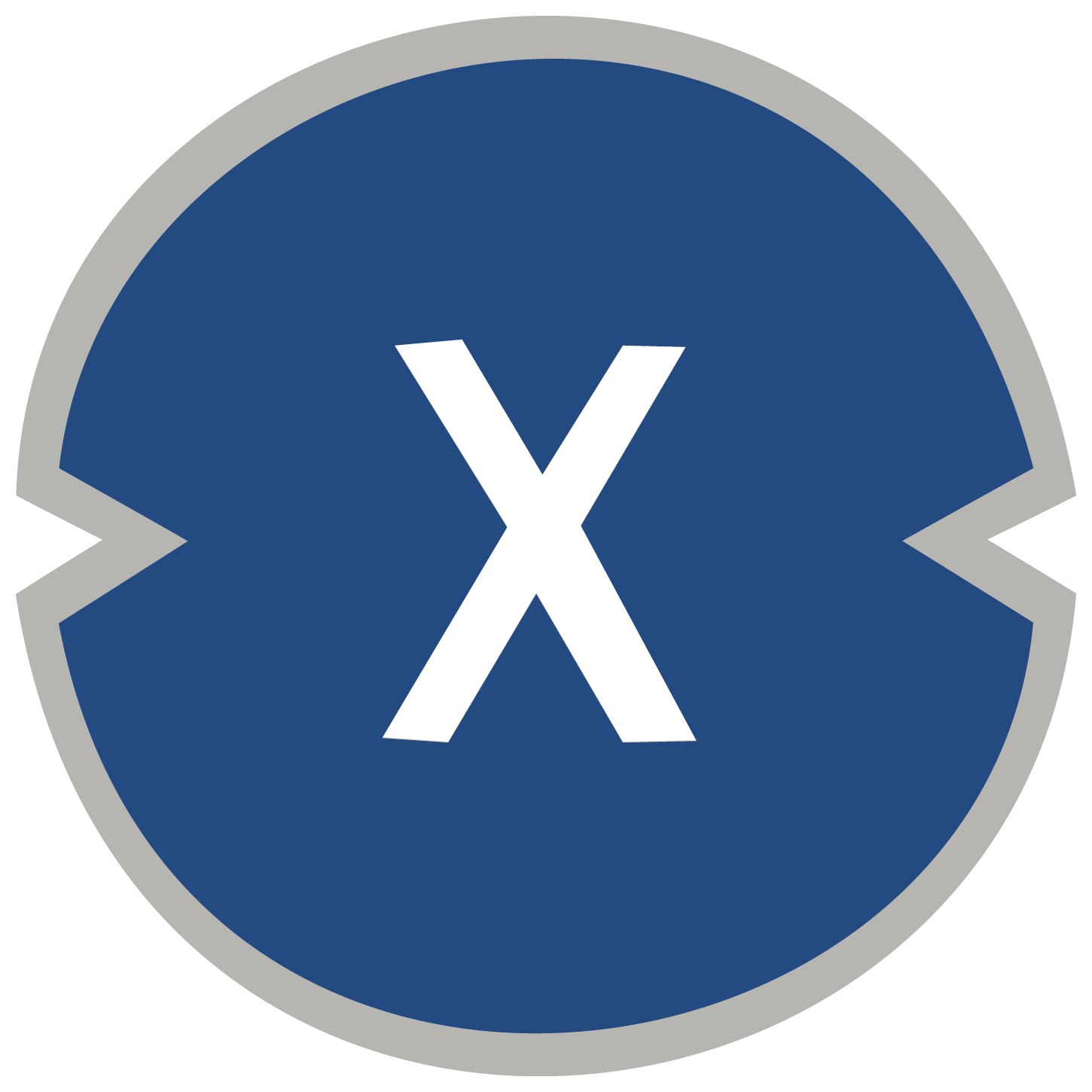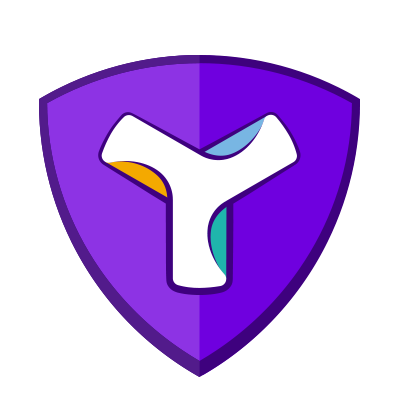-
 Bitcoin
Bitcoin
$90,952.23
1.85% -
 Ethereum
Ethereum
$3,170.17
3.40% -
 Tether USDt
Tether USDt
$1.0000
0.00% -
 Solana
Solana
$217.82
2.37% -
 BNB
BNB
$627.91
2.37% -
 XRP
XRP
$1.14
31.00% -
 Dogecoin
Dogecoin
$0.3700
1.31% -
 USDC
USDC
$0.9997
-0.04% -
 Cardano
Cardano
$0.7599
15.28% -
 TRON
TRON
$0.2019
7.57% -
 Shiba Inu
Shiba Inu
$0.0...02471
3.57% -
 Toncoin
Toncoin
$5.71
6.72% -
 Avalanche
Avalanche
$35.32
9.46% -
 Sui
Sui
$3.72
9.74% -
 Pepe
Pepe
$0.0...02160
3.02% -
 Chainlink
Chainlink
$14.33
6.05% -
 Bitcoin Cash
Bitcoin Cash
$449.80
4.54% -
 Polkadot
Polkadot
$5.44
8.83% -
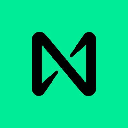 NEAR Protocol
NEAR Protocol
$5.99
9.66% -
 UNUS SED LEO
UNUS SED LEO
$7.57
0.32% -
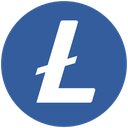 Litecoin
Litecoin
$90.26
6.79% -
 Aptos
Aptos
$12.22
1.76% -
 Uniswap
Uniswap
$9.02
10.25% -
 Dai
Dai
$0.9998
0.00% -
 Stellar
Stellar
$0.1761
27.66% -
 Internet Computer
Internet Computer
$9.31
14.35% -
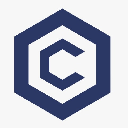 Cronos
Cronos
$0.1629
-0.53% -
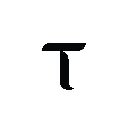 Bittensor
Bittensor
$529.86
4.32% -
 Ethereum Classic
Ethereum Classic
$25.85
13.98% -
 dogwifhat
dogwifhat
$3.70
2.64%
Web3 wallets and centralized exchanges, who really controls your assets?
In the digital asset realm, Web3 wallets grant users full control over their assets while centralized exchanges retain custody, impacting ownership, security, and user autonomy.
Oct 21, 2024 at 03:29 pm

Web3 Wallets vs. Centralized Exchanges: Who Controls Your Assets?
In the realm of cryptocurrency and digital assets, the debate between Web3 wallets and centralized exchanges (CEXs) over control of user funds has been ongoing. While both options offer distinct advantages, understanding the fundamental differences is crucial for making informed decisions about asset management.
1. Key Characteristics
Web3 Wallets:
- Non-custodial: Users hold full control of their private keys and manage their assets independently.
- Decentralized: Assets are stored on a distributed ledger, eliminating the risk of centralized failure.
- Privacy-centric: Transactions are anonymous by default, providing enhanced privacy.
Centralized Exchanges:
- Custodial: CEXs hold the private keys and manage user funds on their behalf.
- Centralized: Assets are stored on the exchange's servers, creating a potential single point of failure.
- Regulated: Subject to various regulatory requirements, providing some level of consumer protection.
2. Ownership and Control
The most significant distinction between Web3 wallets and CEXs is the ownership and control of user assets. In Web3 wallets, users retain sole custody of their private keys, granting them complete control over their funds. They can access their assets at any time and do not rely on an intermediary to facilitate transactions.
In contrast, CEXs exercise custody over user assets, meaning they manage and control user funds within their proprietary ecosystems. This approach can raise concerns about security and the potential for mismanagement or misuse of funds.
3. Security Considerations
- Web3 Wallets: Highly secure, as users control their own private keys. However, they also bear full responsibility for safeguarding their assets, as lost or stolen keys can lead to irreversible loss of funds.
- Centralized Exchanges: Variable security levels, highly dependent on the security measures implemented by the exchange. Users may have some recourse in case of security breaches, but recovery of funds can be challenging.
4. Privacy and Anonymity
- Web3 Wallets: Offer a high degree of privacy and anonymity, as transactions do not typically involve personal or identifiable information.
- Centralized Exchanges: Require users to provide personal information for verification purposes, potentially compromising anonymity. Transactions may also be subject to monitoring or surveillance for regulatory compliance.
5. Fees and Costs
- Web3 Wallets: Generally lower fees, as they do not have to cover the overhead costs associated with running a centralized platform.
- Centralized Exchanges: May charge higher fees for trading, deposits, and withdrawals, depending on the specific exchange and the level of service provided.
Conclusion
Both Web3 wallets and centralized exchanges offer varying levels of control, security, privacy, and convenience. Understanding these key differences is essential for making informed decisions about managing your digital assets.
Web3 wallets provide maximum control and privacy at the cost of increased personal responsibility for security. CEXs offer convenience and ease of use, but come with the potential risks associated with centralized custody and management.
Ultimately, the choice between a Web3 wallet and a centralized exchange depends on individual preferences and risk tolerance. It is recommended to thoroughly research both options before selecting the solution that best aligns with your specific needs.
Disclaimer:info@kdj.com
The information provided is not trading advice. kdj.com does not assume any responsibility for any investments made based on the information provided in this article. Cryptocurrencies are highly volatile and it is highly recommended that you invest with caution after thorough research!
If you believe that the content used on this website infringes your copyright, please contact us immediately (info@kdj.com) and we will delete it promptly.
-
Floki Inu (FLOKI) Market Momentum and Investor Confidence Skyrocket After Coinbase Listing
- 2024-11-16 22:25:01
-
Top 4 Crypto Wallets For Safely Managing Digital Currencies
- 2024-11-16 22:25:01
-
Ripple's XRP Token Soars Above $1 Amid Speculation of a Potential Meeting Between President-elect Donald Trump and Ripple CEO Brad Garlinghouse
- 2024-11-16 22:25:01
-
Ethereum (ETH), Toncoin (TON), and TRON (TRX) Rally as Bulls Drive Prices Higher
- 2024-11-16 22:25:01
-
ZDEX Presale: Your Gateway to Real Wealth
- 2024-11-16 22:25:01
-
The National Bank of Ukraine has issued a new commemorative coin to mark the centennial of Ukrainian Radio
- 2024-11-16 22:25:01
Related knowledge
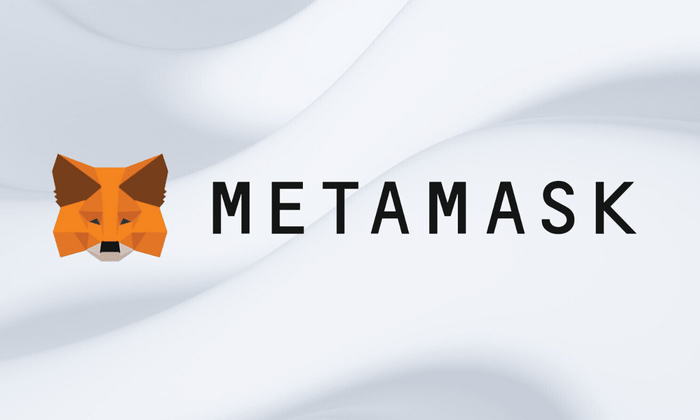
How to add Compound Mainnet (COMP) to MetaMask.
Nov 16,2024 at 01:36pm
How to Add Compound Mainnet (COMP) to MetaMaskAdding Compound Mainnet (COMP) to your MetaMask wallet allows you to interact with the Compound protocol and its native token, COMP. Here's a step-by-step guide on how to do it:Step 1: Install MetaMaskIf you haven't already, install MetaMask from the official website. It's available as a browser extension fo...

How to add the Dash mainnet to MetaMask.
Nov 16,2024 at 12:32pm
How to Add the Dash Mainnet to MetaMaskMetaMask is a popular cryptocurrency wallet that allows users to store, send, and receive digital assets. It supports a wide range of cryptocurrencies, including Dash. Adding the Dash mainnet to MetaMask is a simple process that can be completed in a few steps.Prerequisites:Install MetaMask on your browser (Chrome,...
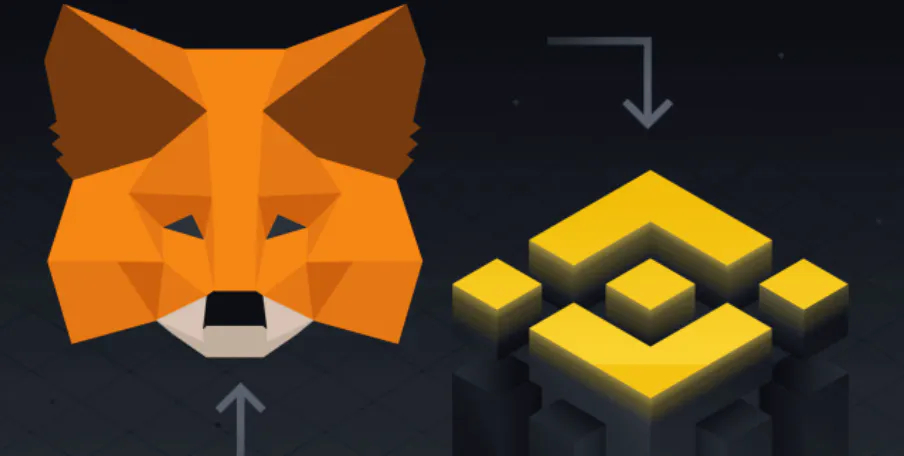
How to add the Omni Layer mainnet to MetaMask.
Nov 16,2024 at 01:02pm
How to Add the Omni Layer Mainnet to MetaMaskIntroductionThe Omni Layer is a protocol built on top of the Bitcoin blockchain that enables the creation and trading of tokens and other digital assets. MetaMask is a popular cryptocurrency wallet that supports a variety of blockchain networks, including the Omni Layer.PrerequisitesBefore you can add the Omn...

How to add Bifrost Mainnet (BNC) to MetaMask.
Nov 16,2024 at 09:06pm
How to Add Bifrost Mainnet (BNC) to MetaMaskMetaMask is a popular cryptocurrency wallet that allows users to store and manage their digital assets. It is also a gateway to decentralized applications (dApps) and other blockchain-based services. If you want to interact with the Bifrost Mainnet (BNC), you will need to add it to your MetaMask wallet.Here ar...
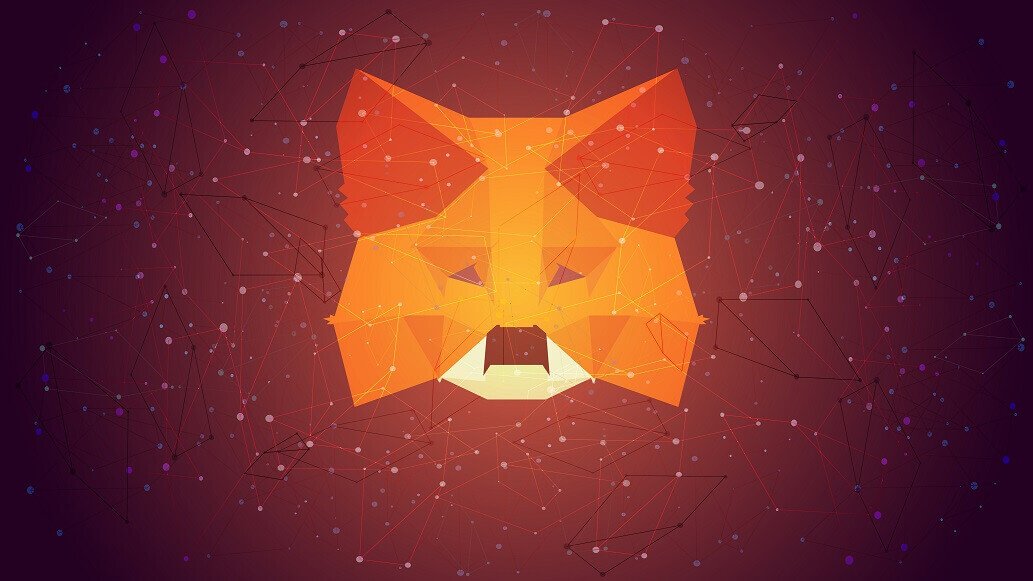
How to add the Osmosis Mainnet (OSMO) to MetaMask.
Nov 16,2024 at 12:52pm
How to add the Osmosis Mainnet (OSMO) to MetaMaskIn this article, we will provide a step-by-step guide on how to add the Osmosis Mainnet (OSMO) to MetaMask. This will allow you to interact with the Osmosis blockchain and its decentralized applications (dApps) within the MetaMask interface.Before proceeding, ensure you have the following:A MetaMask walle...

How to add the Oasis Network Mainnet (ROSE) to MetaMask.
Nov 16,2024 at 09:22pm
How to Add the Oasis Network Mainnet (ROSE) to MetaMask1. Install MetaMaskBegin by downloading and installing the MetaMask browser extension or mobile app. Create a new wallet or import an existing one.Ensure you have the most updated version of MetaMask installed for optimal compatibility.2. Configure Network SettingsOpen MetaMask and click on the "Eth...

How to add Compound Mainnet (COMP) to MetaMask.
Nov 16,2024 at 01:36pm
How to Add Compound Mainnet (COMP) to MetaMaskAdding Compound Mainnet (COMP) to your MetaMask wallet allows you to interact with the Compound protocol and its native token, COMP. Here's a step-by-step guide on how to do it:Step 1: Install MetaMaskIf you haven't already, install MetaMask from the official website. It's available as a browser extension fo...

How to add the Dash mainnet to MetaMask.
Nov 16,2024 at 12:32pm
How to Add the Dash Mainnet to MetaMaskMetaMask is a popular cryptocurrency wallet that allows users to store, send, and receive digital assets. It supports a wide range of cryptocurrencies, including Dash. Adding the Dash mainnet to MetaMask is a simple process that can be completed in a few steps.Prerequisites:Install MetaMask on your browser (Chrome,...

How to add the Omni Layer mainnet to MetaMask.
Nov 16,2024 at 01:02pm
How to Add the Omni Layer Mainnet to MetaMaskIntroductionThe Omni Layer is a protocol built on top of the Bitcoin blockchain that enables the creation and trading of tokens and other digital assets. MetaMask is a popular cryptocurrency wallet that supports a variety of blockchain networks, including the Omni Layer.PrerequisitesBefore you can add the Omn...

How to add Bifrost Mainnet (BNC) to MetaMask.
Nov 16,2024 at 09:06pm
How to Add Bifrost Mainnet (BNC) to MetaMaskMetaMask is a popular cryptocurrency wallet that allows users to store and manage their digital assets. It is also a gateway to decentralized applications (dApps) and other blockchain-based services. If you want to interact with the Bifrost Mainnet (BNC), you will need to add it to your MetaMask wallet.Here ar...

How to add the Osmosis Mainnet (OSMO) to MetaMask.
Nov 16,2024 at 12:52pm
How to add the Osmosis Mainnet (OSMO) to MetaMaskIn this article, we will provide a step-by-step guide on how to add the Osmosis Mainnet (OSMO) to MetaMask. This will allow you to interact with the Osmosis blockchain and its decentralized applications (dApps) within the MetaMask interface.Before proceeding, ensure you have the following:A MetaMask walle...

How to add the Oasis Network Mainnet (ROSE) to MetaMask.
Nov 16,2024 at 09:22pm
How to Add the Oasis Network Mainnet (ROSE) to MetaMask1. Install MetaMaskBegin by downloading and installing the MetaMask browser extension or mobile app. Create a new wallet or import an existing one.Ensure you have the most updated version of MetaMask installed for optimal compatibility.2. Configure Network SettingsOpen MetaMask and click on the "Eth...
See all articles



































